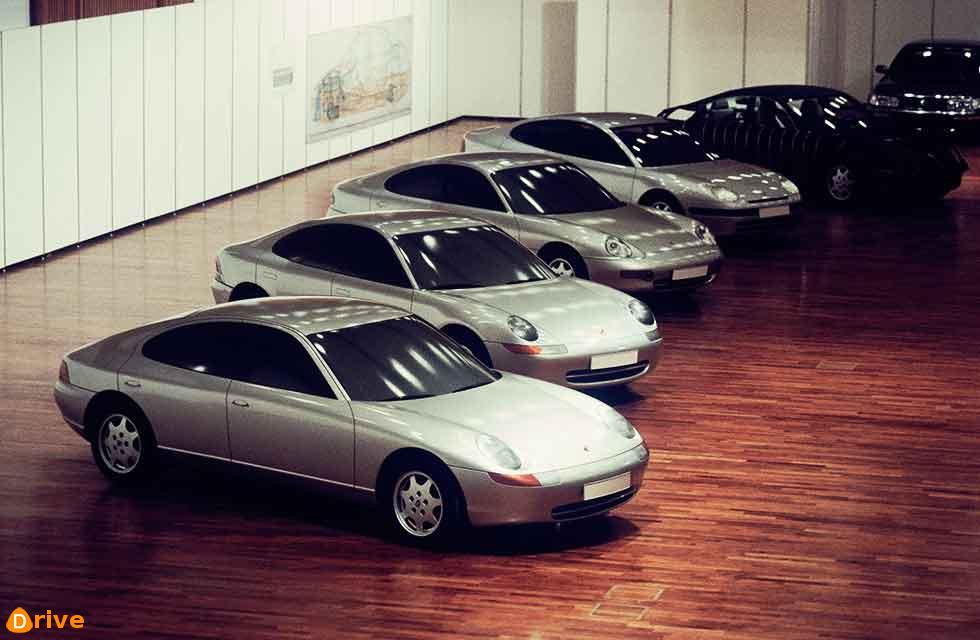Porsche’s sports saloon has notched up nearly a quarter of a million sales
Time flies when you’re driving a Porsche. So, it shouldn’t come as a surprise that Porsche is celebrating the 10-year anniversary of the introduction of the Panamera sports saloon. Controversial at launch, after 10 years and 235,000 units the Panamera has been an unqualified success, if not quite a smash hit to rival Porsche’s SUV models.

The first Panamera of 2009 drew mixed reviews for its styling. But as a car to drive and for offering one of the best cabins of any sporting saloon, the Panamera has drawn high praise from day one. In technological terms, it’s also been very influential for Porsche.
“As a technology platform for innovations that were later transferred to other models, the Panamera has played a significant role in shaping the past ten years of the brand’s history,” explains Michael Steiner, first Vice President of the product line when the Panamera was launched, today Member of the Executive Board Research and Development. “With its high-performance hybrid variants, it is now above all a trail blazer for electromobility at Porsche.”
Of course, the idea of a full four-seater Porsche predates the Panamera. Over the course of its 70-odd-year history, Porsche’s engineers have often returned to the notion. In the 1950s, they developed a comfortable four-seater based on the 356. The Type 530 had a lengthened wheelbase, larger doors and a raised roof at the rear. Others followed, including a four-door prototype based on the 911 and, in the 1980s, lengthened variants of the 928. Ferry Porsche used one of these as his private car. In 1988, Porsche made a new attempt with the Type 989. This four-door coupe offered space for two full seats in the rear. Power came from a front-mounted V8.
The 989 fell at the last hurdle before going into production. But it laid much of the groundwork for the Panamera. At the turn of the new millennium, Porsche conducted market studies, analysed the competition and decided to develop a four-door hatchback saloon. According to Michael Mauer, Vice President Style Porsche, “[Porsche] wanted to build a four-seater sports car with a fast roofline, large tailgate and hatchback.” Technologically speaking, it was the introduction of the Panamera S Hybrid in 2011 that was most significant. It was then the most economical Porsche to date, despite delivering a healthy 380hp.
If anything, however, the second generation Panamera introduced in 2016 has been even more successful, with improved styling complementing the signature best-in-class dynamics and driving environment. Today, the top Panamera, the Turbo S E-hybrid, cranks out nearly 700hp and returns as much as 80mpg. The current Panamera is also a available in a wider range of body styles, including the elegant and practical Sport Turismo with its extended rear roofline, and is manufactured entirely at the Porsche plant in Leipzig.





